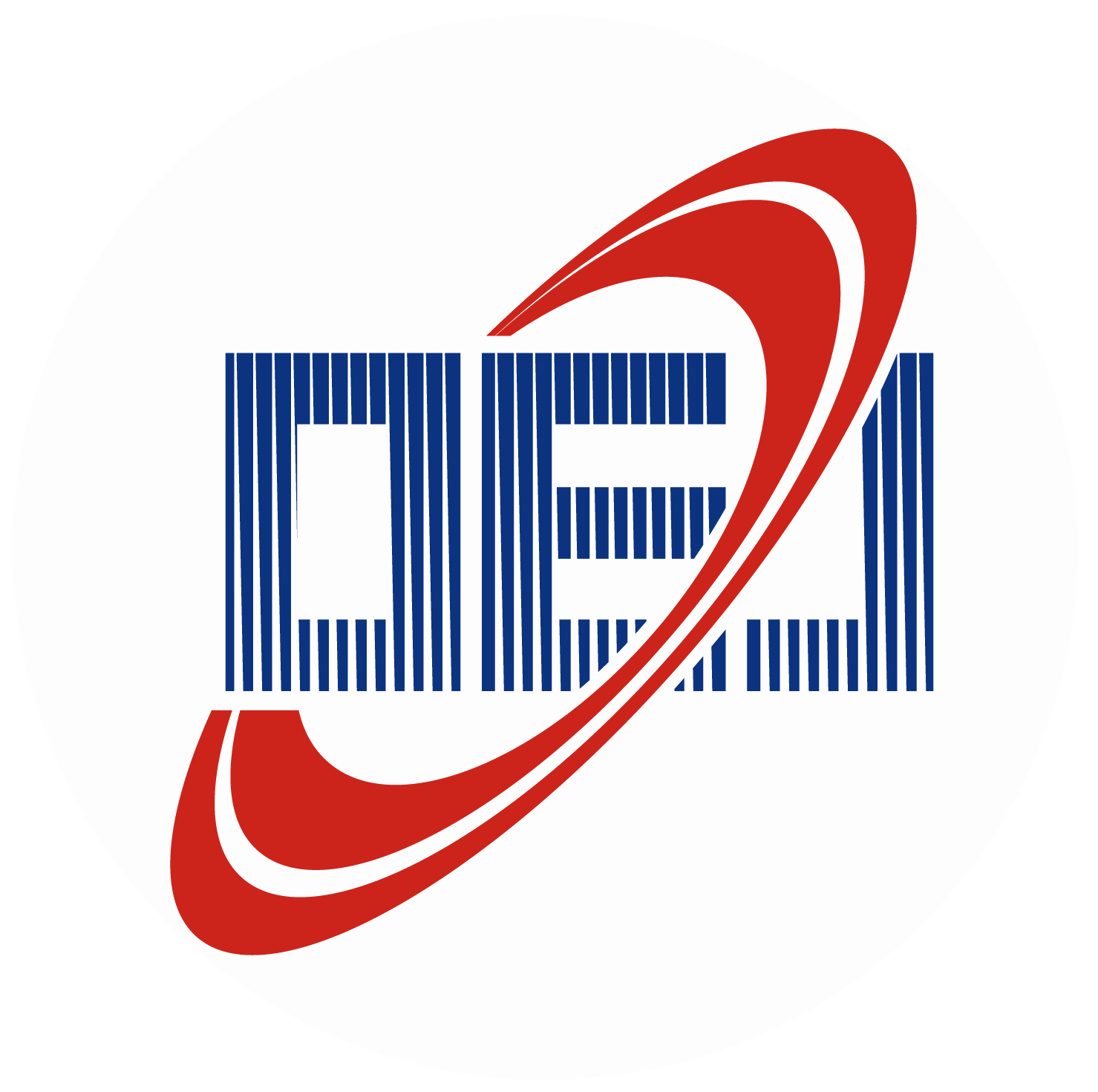-
Abstract
Benefiting from the abrupt phase changes within subwavelength thicknesses, metasurfaces have been widely applied for lightweight and compact optical systems. Simultaneous broadband and high-efficiency characteristics are highly attractive for the practical implementation of metasurfaces. However, current metasurface devices mostly adopt discrete micro/nano structures, which rarely realize both merits simultaneously. In this paper, dielectric metasurfaces composed of quasi-continuous nanostrips are proposed to overcome this limitation. Via quasi-continuous nanostrips metasurface, a normal focusing metalens and a superoscillatory lens overcoming the diffraction limit are designed and experimentally demonstrated. The quasi-continuous metadevices can operate in a broadband wavelength ranging from 450 nm to 1000 nm and keep a high power efficiency. The average efficiency of the fabricated metalens reaches 54.24%, showing a significant improvement compared to the previously reported metalenses with the same thickness. The proposed methodology can be easily extended to design other metadevices with the advantages of broadband and high-efficiency in practical optical systems. -

New website getting online, testing


 E-mail Alert
E-mail Alert RSS
RSS


